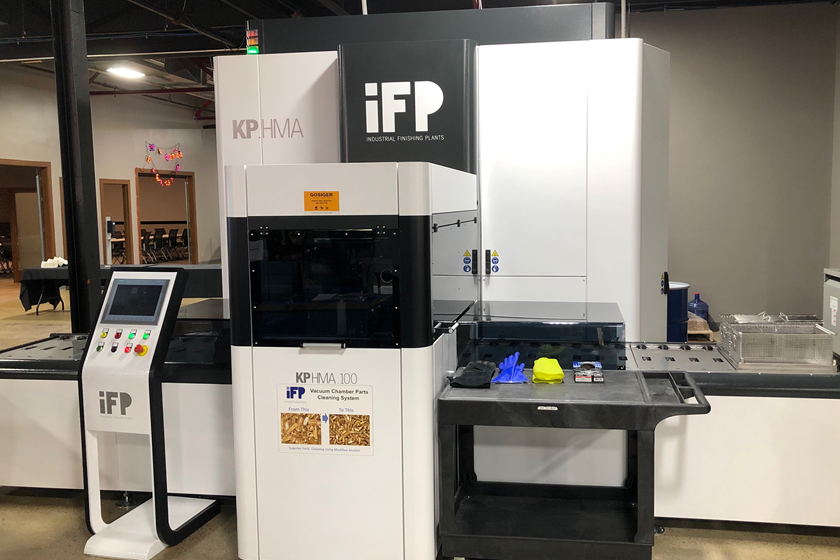Cathode Materials and Cathode/Anode Ratios
Q. Can we use titanium as a cathode in our Type I, II and III anodizing tanks, and what are the guidelines for cathode to anode surface area ratios?
Q. Can we use titanium as a cathode in our Type I, II and III anodizing tanks, and what are the guidelines for cathode to anode surface area ratios?
A. Titanium cathodes can be used, but titanium is no better than Type 316 stainless steel in 165 g/l to 220 g/l room temperature, or colder, sulfuric acid. I do not know of a single Type I, II, or III anodizing cathode made of titanium. Because titanium is more expensive than 316 SS, I believe 316 stainless is a better choice for all three types of anodizing tanks.
Featured Content
The Type I anodizing electrolyte is chromic acid, essentially non-corrosive to both stainless steel and mild (carbon) steel. The life of either of these materials is nearly indefinite when used as the cathode for this process. Both are a fraction of the cost of titanium.
Because chromic acid is not corrosive to mild or stainless steel, the tank itself is often used as the cathode by masking most of the inside of the tank with an insulating material such as polypropylene or other non-conductive material. Leave the areas unmasked that serve as the cathode. Steel or stainless steel cathodes can also be suspended in a poly tank instead of using parts of the tank as cathodes.
For Type II anodizing in dilute sulfuric acid, both 316 SS and aluminum make good cathodes. Many only use aluminum because it is a better conductor of electricity.
The best aluminum alloy to use is 6063-T6. It has about 25-percent better conductivity than 6061-T6. There is very little difference, if any, in the performance of aluminum vs. stainless steel, although the common perception is that aluminum is better because of its conductivity. Aluminum normally has to be replaced every two to four years, depending on tank anodizing activity, bath concentration and temperature. Stainless steel may last as long as 10 years. Five to eight years would be the expected life span.
The cathodes, no matter what the material, are only subject to deterioration (corrosion) when no anodizing is going on. When anodizing is taking place, the cathodes are “cathodically protected.” If you want the cathodes to be cathodically protected at all times, a cathodic trickle charge can be set up to operate when there is no operating current in the tank. This will help prolong the life of any cathode.
Lead is also used as a cathode. It works well, but does deteriorate slowly and can cause problems with low lead levels in the wastewater. This is normally only a problem if there is inadequate wastewater treatment. The life span of lead as a cathode material is 10 to 15 years or more.
Cathode to anode recommendations:
- Type I: Make the cathode no larger than about 20 percent of the average anode surface area: 1:5, cathode to anode. A ratio of 1:10 is often used.
- Type II: Make the cathode about ½ the max anode surface area: 1:2, cathode to anode.
- Type III: Make the cathode between ¾ - 1 times the max anode area, about 1:1.3, up to 1:1.
Originally published in the July 2017 issue.
RELATED CONTENT
-
Preventing Anodizing Cathodes from Turning Red
While the red color may not be desirable, anodizing expert Drew Nosti says it poses no particular problem to a successful anodizing process.
-
Plating Q&A: Can you color stainless steel?
Our expert, Art Kushner, says yes, you can color stainless steel, but it is not a process that is typically performed in a plating shop. Read more about his answer.
-
Smut and Desmutting
Question: I am new to this industry and have heard about smut and desmutting operations.



















